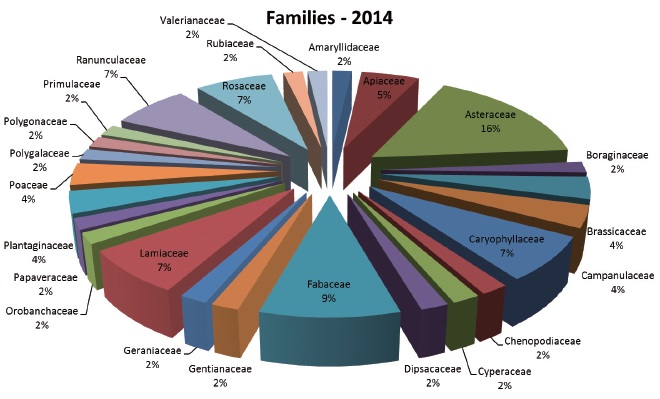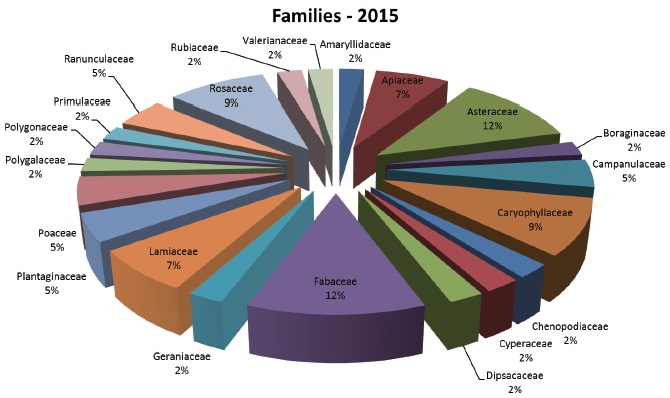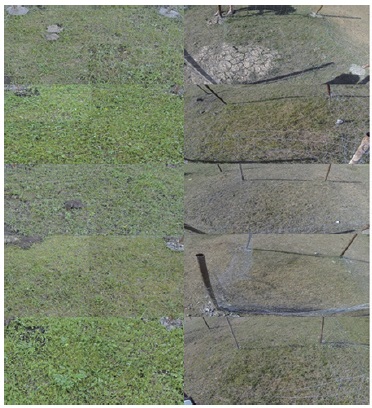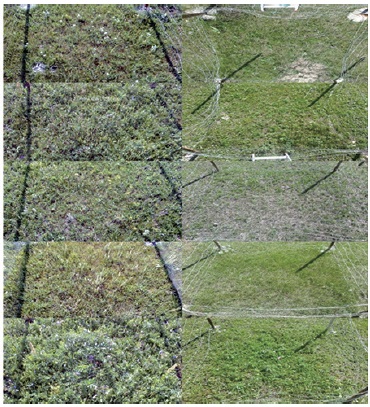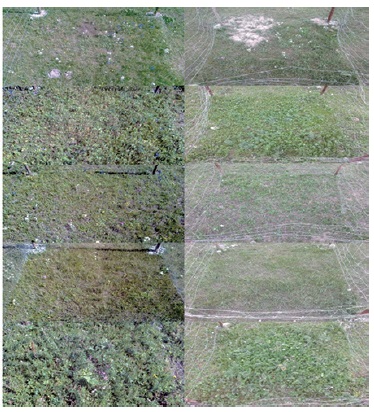



Nomadic herding of agricultural is been most important for the people’s living in Mongolia. Almost all of grasslands of Mongolia have been lost past century, because of nomadic herding and therefore dominant anthropogenic factor affected steppe vegetation. Herders in Mongolia are directly affected by climate change impact more than urban residents (Suvdantsetseg et al. 2015). The herders’ livelihood is dependent on seasonal climate difference, weather conditions and landscape resources of vegetation, water, natural zones, and soil productivity. Climate change in recent year has one more reason for weather which is if summer season has rainfall not enough, winter season will be harsh and cold. Wells grasslands are usually accompanied with increased traffic by humans and livestock (Amartuvshin et al. 2015). Mongolia is now becoming widespread dramatically reduced vegetation changes, and rainfall in recent year. Last 15 years in Mongolia, summer season was not like no rainfall until middle of July in 2015 and, had not enough vegetation cover. The purpose of this study is to check plant community dynamics in Mongolia in relation to climate change in 2014 and 2015 and to how to determine that increased vegetation cover in recent years.
The study area is located in central Mongolia. It is centered on Tuv province and includes the capital city of Ulaanbaatar. The area of Tuv province is considered as part of the Khentii-Khangai Mountain Range and eastern Mongolian plains. Most of the territory of Tuv province is elevated at 1200 to 1500 m above sea level. The most important body of water is the Tuul River, which crosses Ulaanbaatar and later joins the Orkhon River. The investigated sites were situated in the Forest Research Training-Center (FRTC) of National University of Mongolia, Udleg, Batsumber, Tuv province Mongolia. Total 1360 ha of forested area is managed as the private region of National University of Mongolia and the land use permission is processed under resolution of the Batsumber soum Council.
The observation sites were examined in three different fences (2 m2, 4 m2 and 6 m2) and 5 replications by experimental plot design in grazed land with similar soil conditions and moisture near the FRTC in 2014 (Fig. 1). The experimental plot design has created in 20-40 m squares.
The land surface is composed of three broad vegetation types: forest steppe, steppe, and desert-steppe. The forest steppe zone stretches from the lower slopes of the Khentii Mountains to the steppe zone with an elevation of 850-1400 m above sea level. Average annual precipitation is 300-400 mm; spring and autumn periods are dry. The frost-free season lasts 112-125 days. Carbonated and non-carbonated fine black-brown soil is widespread in this zone. Primary tree species include the Siberian Larch (
This research study had continued for 2 years. Field survey has been run from August 15th to June 15th every year. For the study, we checked and collected once time a week in each sites and, it has repeated 8 times. In this year, the field work has finished according to time table, and was following next schedule (Fig. 1):
A field survey was undertaken from 20th June to 16th August in 2014 and from 20th June to 14th August in 2015. The vegetation covers were photographed to observe how increased the vegetation covers were in each fence site per week.
In the 2014, there have been registered 81 plant species of 56 genera of 25 families on the investigated sites (Table. 1). Following below figure 2, among the determined plants collected in FRTC, Udleg, Tuv province, Mongolia, Asteraceae family is dominated 12 species of 9 genera and, Rosaceae family also dominated 10 species of 4 genera. The other genera such as Caryophyllaceae, Fabaceae, Lamiaceae, Poaceae, Ranunculaceae were relatively lower than Asteraceae and Rosaceae genera and species. In the 2015, there have been occurred 57 plant species of 44 genera of 21 families (Table. 1). Therefore family of Caryophyllaceae dominated 7 species 5 genera and, next following family of Asteraceae dominated 6 species of 5 genera. 55 species of total 81 species have identified completely, 26 species are processing to identify.
[Table 1.] Family, genera and species list in 2014 and 2015
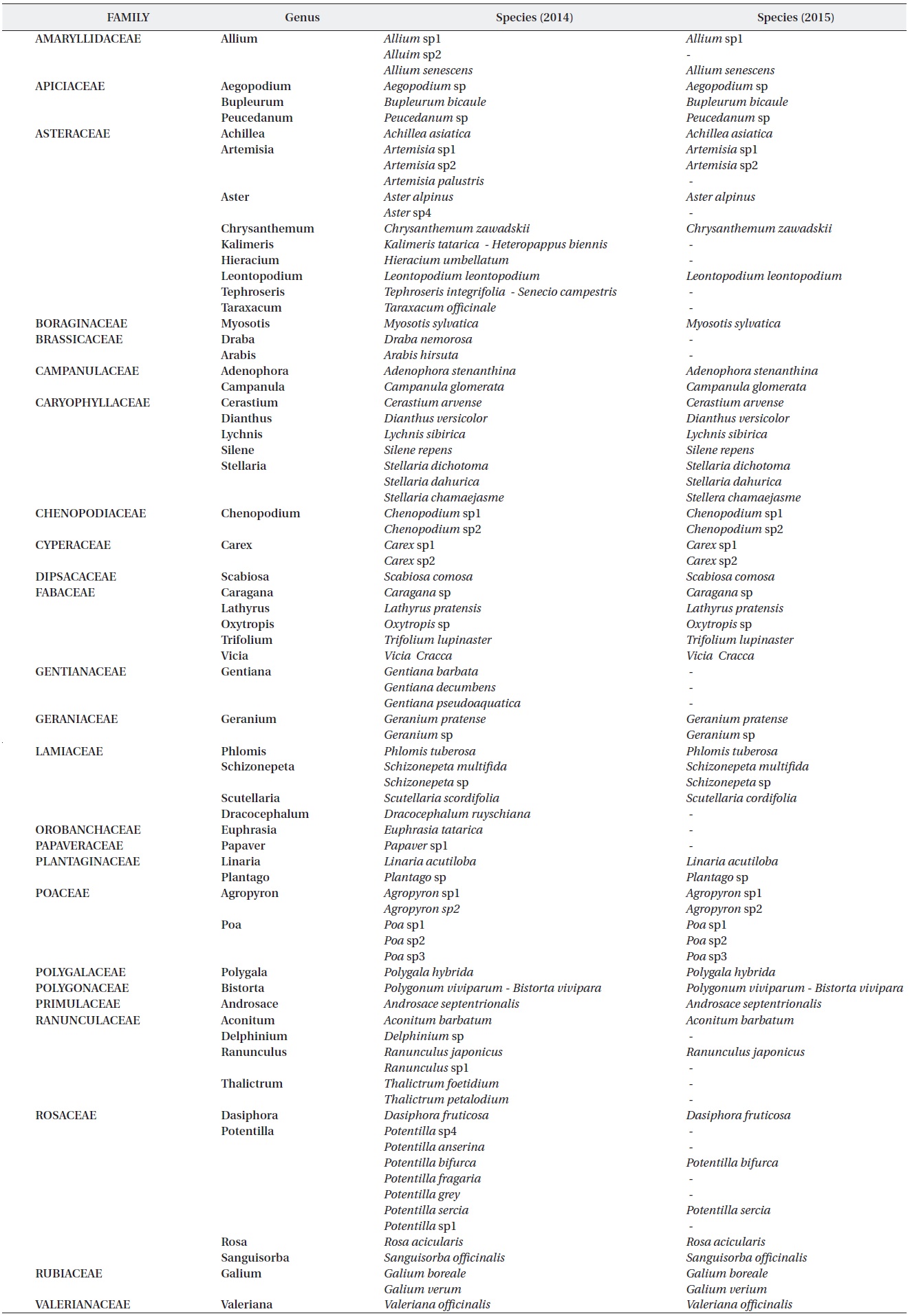
Family, genera and species list in 2014 and 2015
Dominances of
Following next two figures are showing how it is changed proportion between families of determined plants in 2014 and 2015 (Fig. 2 and 3). Asteraceae, Caryophyllaceae, Fabaceae and Rosaceae are showing relatively higher percent than other families in 2014 and 2015. Therefore, these families are suggested to be strong tolerance groups. As shown in Fig 2, each proportion of Amaryllidaceae, Valerianaceae, Ranunculaceae, Primulaceae, Polyganaceae, Polygalaceae, Papaveraceae, Orobanchaceae, Geraniaceae, Gentianaceae, Dipsacaceae, Cyperaceae, Chenopodiaceae, and Boraginaceae is just 2 percent of the determined plant familes. As shown in Table 1, Papaveraceae, Orobanchaceae, Gentianaceae, and Brassicaceae are disappeared at the investigated sites in 2015. From this result, these families are not strong tolerance groups.
Vegetation cover is a good indicator for evaluating terrestrial environment (Sun 2010). There is a significant correlation between vegetation cover and precipitation and thus, the change in precipitation is an important factor for vegetation variation . Vegetation cover photos are showing three different temporal conditions in 2014 and 2015 (Fig. 4-6). In meaning of this section, vegetation cover is related to precipitation and others climate conditions. In 2014, Mongolia got sufficient rainfall and was good contidion to grow vegetation. But in 2015, it not sufficient rainfall and was drastically dry, and was bad condition to grow vegetation.
In 2015, abundance of plants and insects were decreased 5 times and, richness of plants were decreased 0.5 times. The climate was very dry because of no rainfall during the beginning and middle months of summer season, and hence vegetation was very scarce with low biomass and flowering compared to the previous year. Therefore, plant abundance as well as richness were decreased dramatically in the year of 2015. In this conclusion, the abundance and richness of plants are immediately related to heavily affect by climate changes, especially amount of precipitation during growing season. As a mentioned in abstract, Mongolian land is becoming desertification, less vegetation, and spreading strong sand storm each spring (Fifth season, Yellow sand, Chinese dragon) into south east China, Korea, and Japan.



